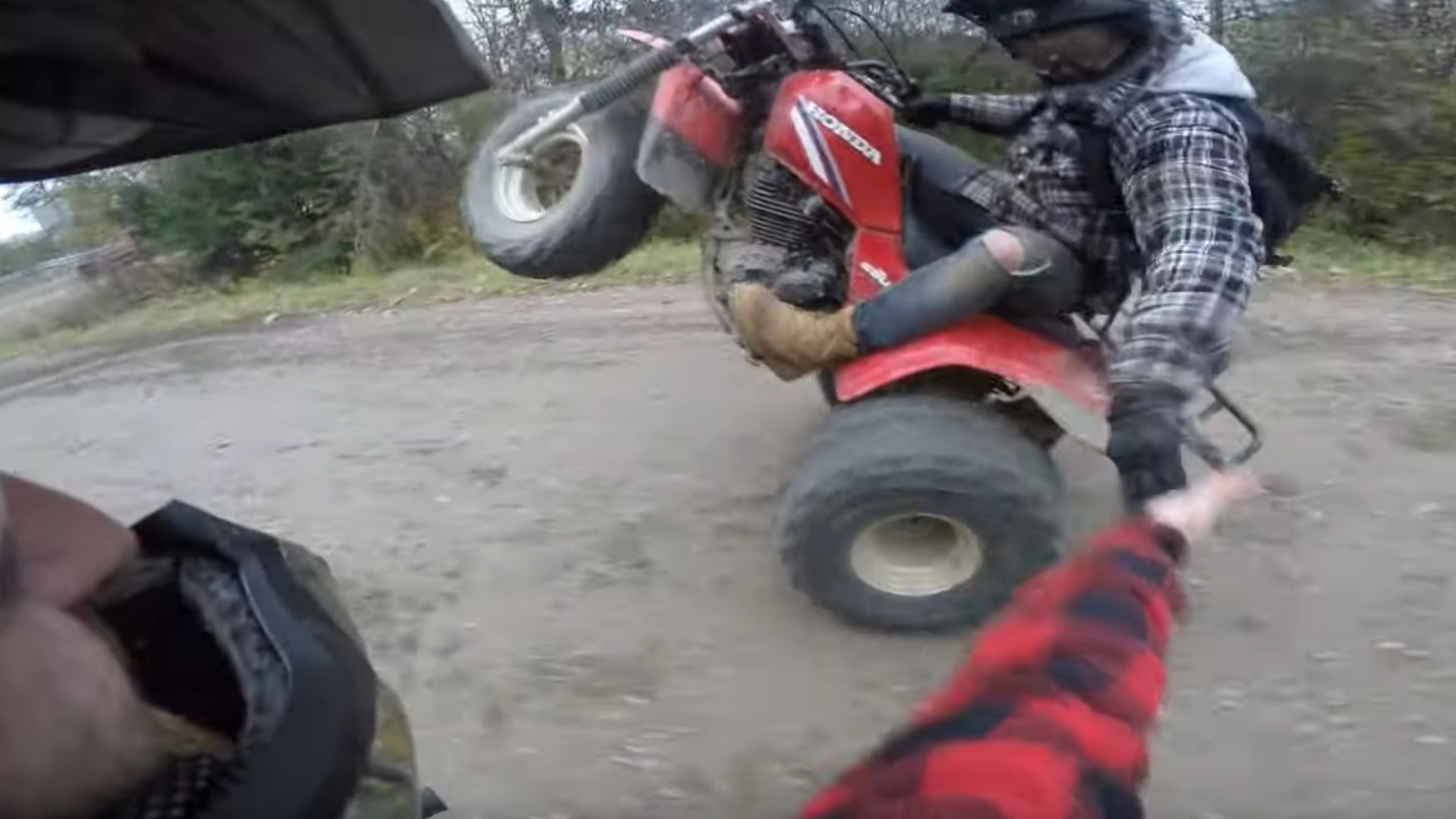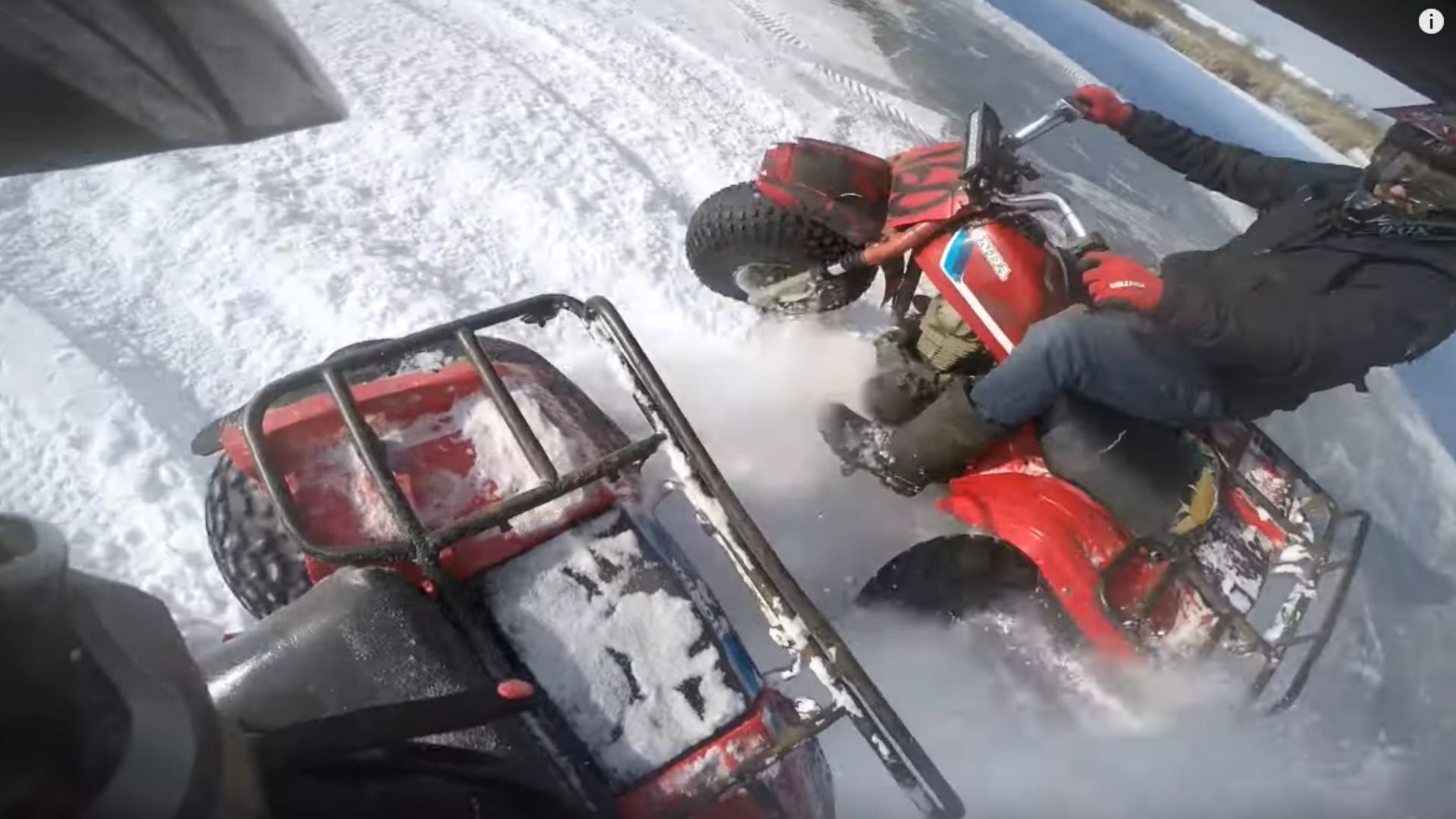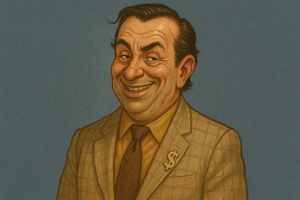Learn what really happened to these accused death traps…
For those of us who remember the 1980s, three-wheel ATVs are something we might occasionally reminisce about. If you ask around or even do a simple internet search, you might hear all kinds of crazy explanations about why three-wheelers are no longer sold in the United States, even though three-wheel cars (technically classified as motorcycles in many states) like Morgans and the Polaris Slingshot are legal and can be driven on public roads. Well, I’m here to help set the record straight using sources from the late 1980s when three-wheelers went extinct in this country, instead of relying on the “memory” of someone who might not have even been alive back then.
Learn how to handle road rage while on a motorcycle here.
Right up front I’ll clarify one thing: the sale of new three-wheel ATVs was banned in the United States at the beginning of 1988. It wasn’t done through an act of Congress but instead was done through a Consent Decree Act which involved an agreement between federal regulators and ATV manufacturers.

The thing with these three-wheelers was that they could be dangerous, as can any motorized vehicle (or even a bicycle, for that matter). Kids would use them to pop wheelies, only they would flip backwards and be crushed by the ATV. When rolling over obstacles or driving on uneven ground, three-wheelers can easily roll onto the rider (of course, so can four-wheelers). This was all portrayed in dramatic fashion during a 60 Minutes segment designed to sound the alarm across the country, and it seemed to work.
Back on December 30, 1987, The Los Angeles Times ran an article detailing out an agreement pushed for by the Justice Department and confirmed by the Consumer Product Safety Commission to ban the sale of three-wheeled ATVs. The agreement was made with Honda Motor Co.; Yamaha Motor Co.; Suzuki Motors Co.; Kawasaki Heavy Industries Ltd.; and Polaris Industries, L.P. Not included in the agreement was the recall of all the offending ATVs, something certain congressmen and consumer advocates pushed to have happen. Instead, the industry was required to provide a nationwide safety campaign involving training for new owners and warning cards mailed to all owners, raise the minimum operating age to 16, and place warning labels on new three-wheelers.

As pointed out by The Los Angeles Times back in late 1987, it wasn’t just three-wheel ATVs which were blamed for 7,000 injuries and about 20 deaths each month since 1982. Their four-wheeled cousins shared in that burden. According to the report, about half of the deaths and injuries were suffered by children under the age of 16. Whenever kids are getting hurt or even worse killed, reason often is left behind and shrill cries about “won’t someone think of the children?” often push everyone into groupthink.
Even with the hysteria, different ATV manufacturers were reportedly going to start selling them once more. This was according to a report from the Orlando Sentinel on January 1, 1988. The manufacturers, which included American Honda Motor Corp. and Yamaha Motor Corp., must have felt the public was on their side, realizing three-wheelers were largely safe for older riders to operate. Government regulators balked at this talk, but they didn’t just stop there.
On January 11, 1988, Time detailed out how the Justice Department outlawed the future sales of three-wheelers the week before. It was described as “an unprecedented action” and was shocking to many. The manufacturers were able to duck all kinds of pending litigation by signing the agreement. Even with this sweeping action, some safety advocates still weren’t happy since a nationwide recall wasn’t included.

All this meant people who owned three-wheel ATVs were in an interesting position. Sure, some didn’t believe the fear mongering and so they kept using their machines, but others decided they were too dangerous to keep. That also meant the market for used three-wheelers shrunk, because just having one in your garage can result in them suddenly jumping on you.
The DOJ rule kept new three-wheelers from being sold to consumers for 10 years, so until the late 90s. By then the industry had moved on. Four-wheelers were hot, but UTVs were starting to catch on. Besides, embedded in many people’s heads is the fact three-wheelers are just plain dangerous. Still, manufacturers entered the ATV Action Plan, which extended the Consent Decree Act, but it’s all voluntary. Likely, manufacturers feel complying with this measure helped protect them from more intrusive regulations later, which it just might have.
There was a push to ban the use of adult ATVs by children back in 2005. That push sputtered when the Consumer Products Safety Commission members voted against it. The thought was that enforcement of such a ban would have been too difficult. Couched in that push was another ban on three-wheelers, which seems ridiculous considering manufacturers were already voluntarily agreeing to not sell them. That earlier compliance probably did help cool the jets of regulators. However, the true irony is that statistics seem to indicate just as many children are injured and killed while riding four-wheelers in this century as three-wheelers in the 80s. So what was the three-wheeler ban really all about?
Sources: Los Angeles Times, Time, Orlando Sentinel, The Washington Post, Federal Register, NPR





